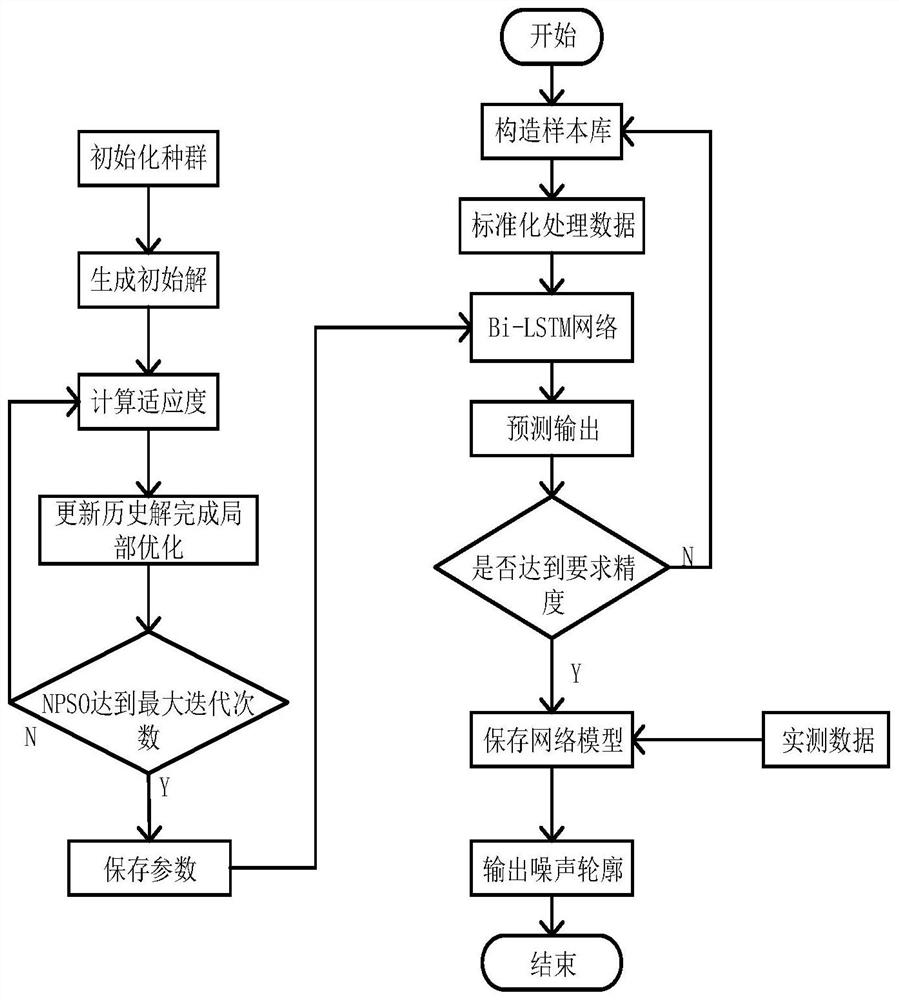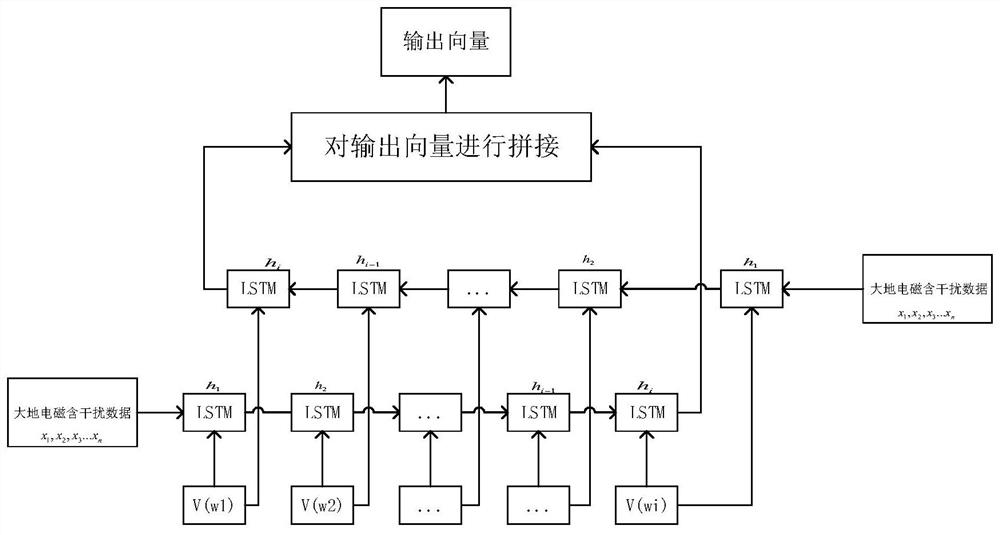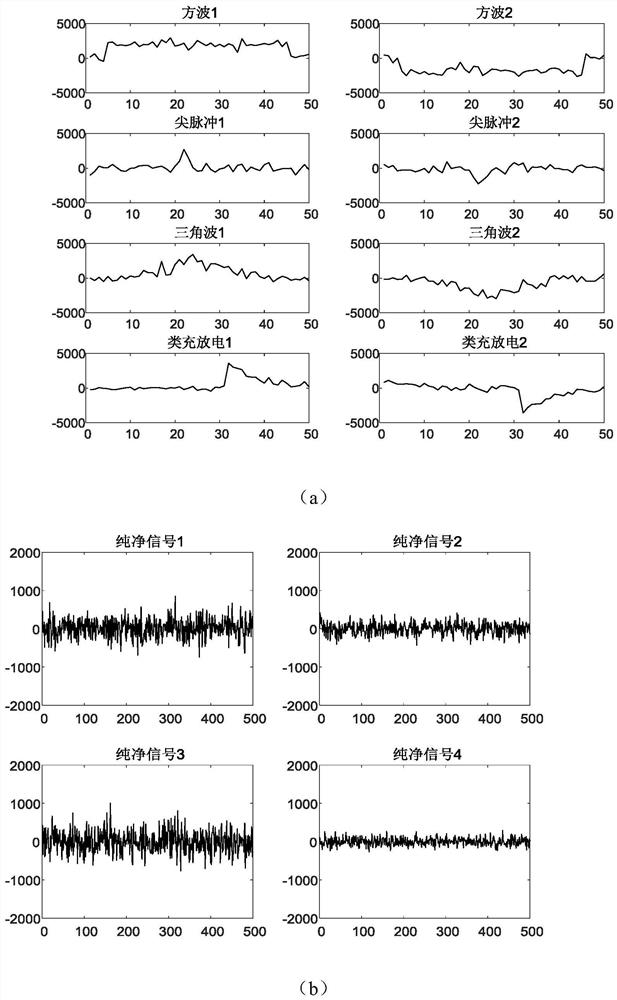Bi-LSTM-based magnetotelluric signal denoising method and system
A magnetotelluric and signal technology, applied in the field of magnetotelluric signal de-noising based on Bi-LSTM, can solve the problem of noise overprocessing, achieve high-precision noise prediction, realize self-adaptation, and improve the effect of signal-to-noise separation efficiency
- Summary
- Abstract
- Description
- Claims
- Application Information
AI Technical Summary
Problems solved by technology
Method used
Image
Examples
Embodiment 1
[0088] The method for denoising magnetotelluric signals based on Bi-LSTM provided in this embodiment is essentially a method for denoising magnetotelluric signals based on NPSO-Bi-LSTM. Such asfigure 1 As shown, the shown method includes the following steps:
[0089] Step 1: Take the amplitude of the time series of the magnetotelluric signal as the characteristic parameter, and construct a large number of noise contour signals that conform to the characteristics of the actual magnetotelluric weak signal and strong interference, and add the two to obtain the noisy signal;
[0090] In order to better characterize the time-domain waveform characteristics of the magnetotelluric measured data, the noise contour signals containing typical square waves, triangle waves and pulses were respectively constructed. The length of each analog signal was 80000, and the amplitude was 10 -5 to 10 5 between;
[0091] Construct the pure interference signal as the clean signal. The length of th...
Embodiment 2
[0118] A magnetotelluric signal denoising system based on the NPSO-Bi-LSTM magnetotelluric signal denoising method provided based on the above-mentioned embodiment 1, including: a sample library building module, an NPSO parameter optimization module, a Bi-LSTM model building module, and a prediction Modules, refactoring modules.
[0119] Among them, the sample library construction module is used to construct the noise sample library and the pure signal sample library of the magnetotelluric signal.
[0120] NPSO parameter optimization module: It is used to find the optimal data segment division length and network parameters within a reasonable range, and select the optimal parameter combination to improve the prediction accuracy of the Bi-LSTM network.
[0121] Bi-LSTM model building block: used to define the input and output of the bidirectional long-term short-term memory neural network, and use the magnetotelluric noise-containing signal and its noise contour signal to train...
PUM
 Login to View More
Login to View More Abstract
Description
Claims
Application Information
 Login to View More
Login to View More - R&D
- Intellectual Property
- Life Sciences
- Materials
- Tech Scout
- Unparalleled Data Quality
- Higher Quality Content
- 60% Fewer Hallucinations
Browse by: Latest US Patents, China's latest patents, Technical Efficacy Thesaurus, Application Domain, Technology Topic, Popular Technical Reports.
© 2025 PatSnap. All rights reserved.Legal|Privacy policy|Modern Slavery Act Transparency Statement|Sitemap|About US| Contact US: help@patsnap.com



